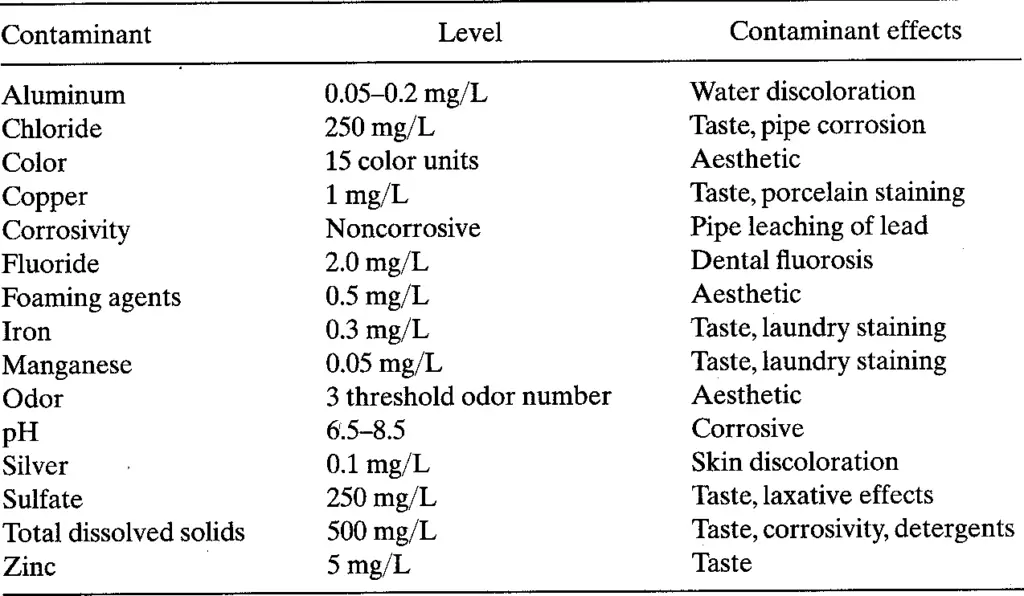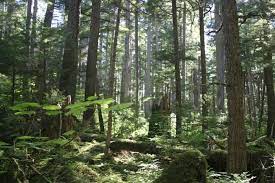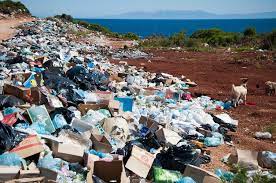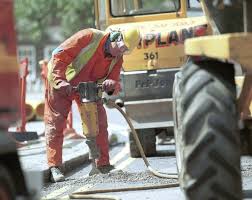Meaning and Difference between Palatable Water and Potable Water
If your home water comes from a public water supply, it has been tested and meets the Environmental Protection Agency standards for drinking water. If you use a private well, however, you are responsible for assuring that the water is safe to drink.
This means that you should periodically have your water tested, make sure your well is in proper condition without faulty well caps or seals, and identify and remove potential sources of contamination to your well such as leaking septic systems or surface contamination. With a private well, you are also responsible for any treatment your water may need if it contains harmful pollutants or contaminants that affect the taste, odour, corrosiveness or hardness of the water.
What is Potable Water?
According to Academics Dictionary of Geography (Lohda, 2007), potable water is water of quality acceptable for human consumption and initially free from, or treated to remove tastes and odour, dissolved solids, suspended solids and pathogens.
Difference between Palatable Water and Potable Water
The goal of municipal water treatment is to provide water that is both palatable and potable. Palatability of water is usually regulated under the Secondary Maximum Contaminant Levels (SMCLs) (Table 8) of the US Safe Drinking Water Act while portability is usually regulated under Primary Maximum Contaminant Levels (MCLs) (Table 9)
Potable water should be safe to drink, but not necessarily aesthetically pleasing. Portability could also be affected by microbial (e.g. Giardia, Cryptosporidium), organic chemicals (e.g., alachor, chlordane, cis-1, 2- dichloroethylene, and disinfection by-products), inorganic chemicals (e.g., cadmium, copper, lead, mercury), and radionuclide.
Read Also : Wastewater Treatment and Guideline Standards
Palatable water should be aesthetically pleasing. It considers the presence of chemicals that do not pose a threat to human health. Palatability of water is usually affected by chloride, colour, corrosivity, iron, manganese, taste and odour, total dissolved solids, turbidity.
Table 7: Secondary Maximum Contaminant Levels (SMCLs)

Table 8: Primary Maximum Contaminant Levels (PMCLs)

| Standards | WHO | US | European Standards |
| (MgL-1except otherwise stated) | |||
| Parameters | |||
| Alkalinity | |||
| Calcium | |||
| Arsenic | 0.01 | 0 | 0.01 |
| Cadmium | 0.003 | 0.005 | 0.005 |
| Chloride | 250 | 250 | 250 |
| Chromium | 0.05 | 0.1 | 0.05 |
| Cadmium | 0.003 | 0.005 | 0.005 |
| Conductivity | -1 250 µS cm | -1 250 µS cm | |
| Copper | 2 | 1.3 | 2 |
| Cyanide | 0.07 | 0.2 | 0.05 |
| E. Coli | 0/250ml | ||
| Fluoride | 1.5 | 2 | 1.5 |
| Iron | 0.3 | 0.2 | |
| Lead | 0.01 | 0 | 0.01 |
| Magnesium | |||
| Manganese | 0.5 | 0.005 | 0.005 |
| Mercury | 0.001 | 0.001 | |
| Nitrate | 50 | 10 | |
| Nitrite | 1 | 0.5 | |
| pH | 6.5 – 8.5 | ||
| Sodium | 200 | 200 | |
| Sulphate | 500 | 250 | 250 |
| Salinity | |||
| TDS | 500 | ||
| TSS | |||
| Turbidity | |||
| Zinc | 3 | 5 |
Table 10: Limitation Guidelines for Different Treatment of Potable Water
| ClassA | ClassB | ClassC | |
| DO (mg/L) | 50% > 9 | 50%>9 | 50% > 8 |
| BOD(mg/L) | <3 | <5 | <7 |
| Phosphate(mg/L) | <10 | <20 | <50 |
| Sulphate (mg/L) | <150 | <150 | <150 |
| Chloride (mg/L) | <150 | <150 | <150 |
| Nitrate (mg/L) | <5 | <5 | <5 |
| Lead (mg/L) | <5 | <10 | <25 |
| Zinc (mg/L) | <5 | <5 | <10 |
| Ph | 6.5 – 8.5 | 6.5 – 8.5 | 6 -9 |
| Conductivity (uScm/m) | <1000 | <1000 | <1000 |
Class A: Drinking water supply requiring simple physical treatment and disinfection
Class B: Drinking water supply requiring normal physical treatment and disinfections
Class C: Drinking water supply requiring physical and intensive chemical treatment, extended treatment and disinfection
Source: Chiaudani and Premazzi (1988)



